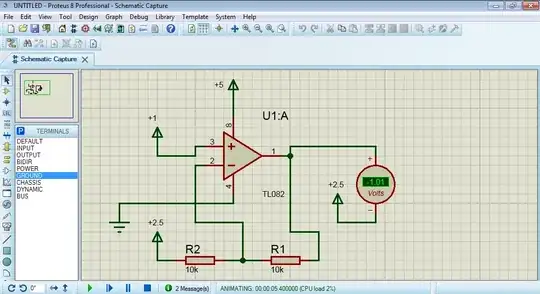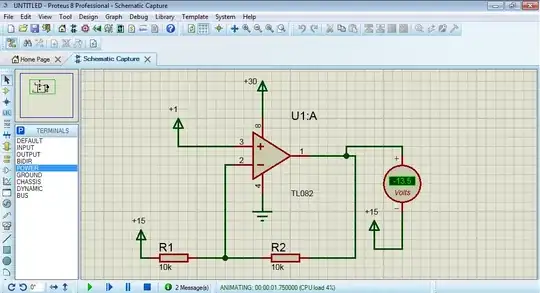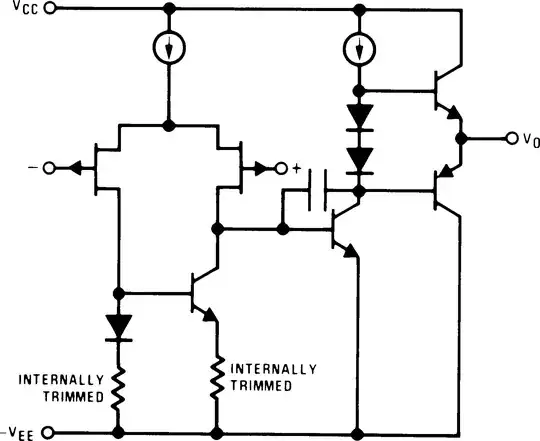Tony is right. This op-amp needs at least 3V between each rail and the signal in order to pass anything useful to the output. Therefore, until you get past 6V across the rails, nothing useful is going to happen with a TL082.
The only reason I'm posting this as an answer instead of as a comment on his answer is that all of the other considerations in his answer are irrelevant at 5V. You simply don't have enough supply voltage, bottom line, end of story.
Also, "single supply" has nothing to do with this question. Op-amp data sheets often use "single supply" as a kind of euphemism for "works to low supply voltages," but op-amps generally don't care about how many independent power supply rails they're running from. I suggest that you stop thinking about op-amps in that way. All that really matters is the voltage differential between the power supply pins, and where the signal is in relationship to those rails. How that differential is achieved and how the signal is pushed into the right range is something the op-amp doesn't really care about, only that the right values are achieved.
Specifically in your case, that means not only giving the op-amp enough voltage to pass your signal, but also making sure your input signal is at least 3V above the negative power supply pin. Currently, your input is only 1V above that point, so even if you feed your op-amp 30V, it's still not going to do what you want. One of many options you have here is to add a virtual ground circuit.



